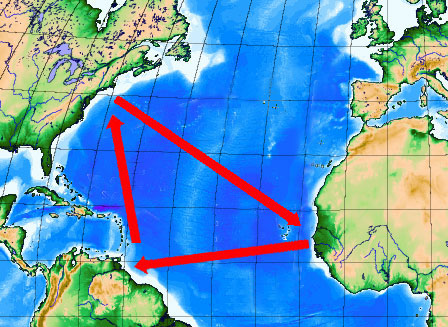Overcrowding: The Secret’s Out, and It Shows
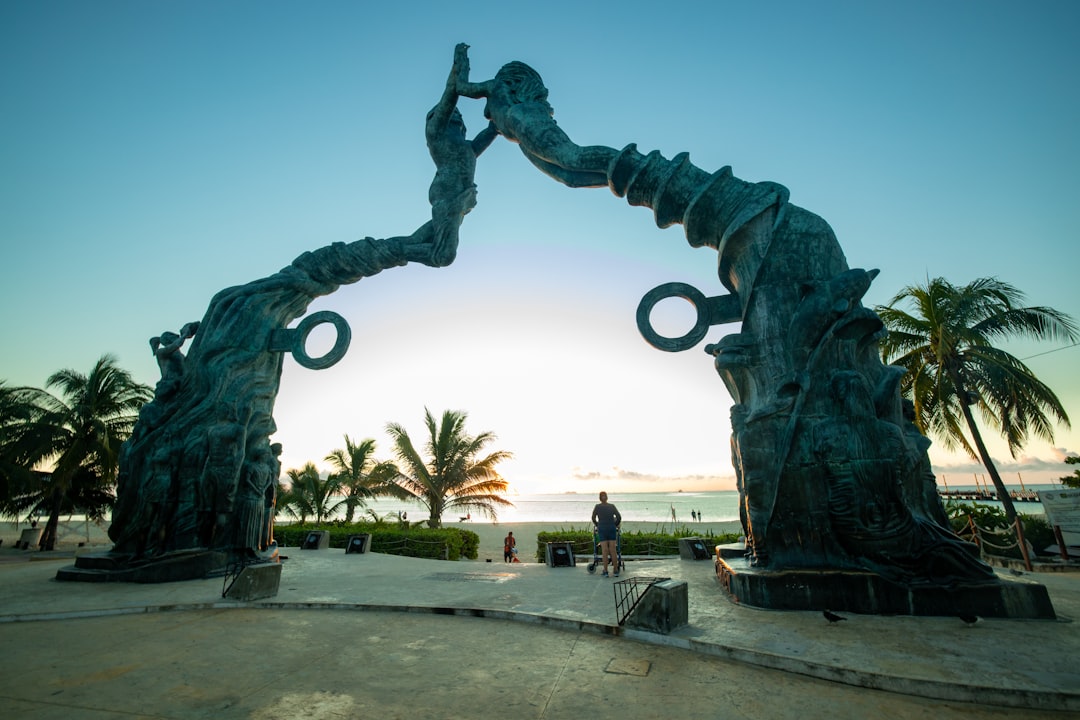
Playa del Carmen’s days as a tranquil beach escape are long gone. The town saw tourist numbers spike to nearly 7 million visits in 2023—a jaw-dropping leap from 5 million in 2019. This influx has turned once-peaceful beaches into dense clusters of umbrellas, towels, and selfie sticks. Navigating Quinta Avenida, the main pedestrian street, now feels like shuffling through Times Square at rush hour, not a laid-back Mexican paradise. Locals often voice their frustration about how difficult it’s become to enjoy public spaces or even access basic services. Restaurants that used to be hidden gems are now packed, with wait times stretching well past an hour on weekends. Even simple errands are slowed by heavy traffic, as the town’s infrastructure strains under the surge. The unrelenting crowds have sapped much of what made Playa del Carmen special for so many.
Rising Costs: Paradise Comes with a Price Tag
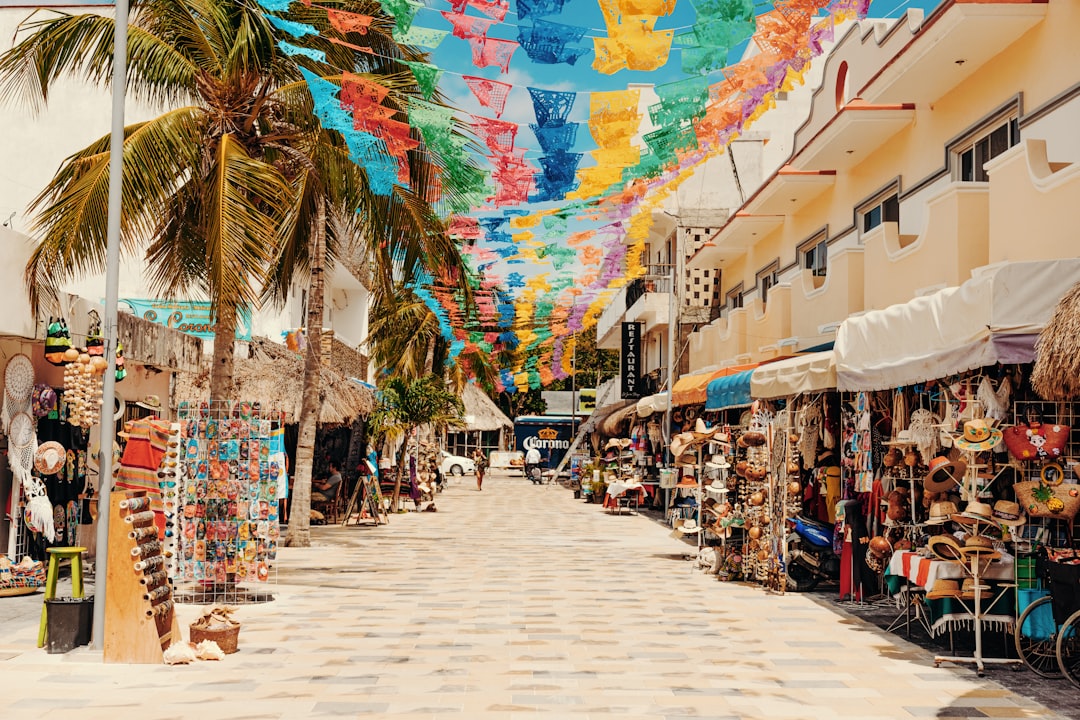
Living costs in Playa del Carmen have climbed sharply, with Numbeo’s 2023 Cost of Living Index showing a 15% jump from the previous year. Rent has soared, especially in the city center—one-bedroom apartments now average $1,200 per month, pricing out many locals and longtime residents. Daily necessities like groceries and transportation have also crept up, forcing tough choices for families who once found the area affordable. This isn’t just anecdotal—local reports highlight that young professionals and families are increasingly relocating to smaller towns inland. The influx of foreign buyers and digital nomads has only intensified the competition for housing, further escalating prices. Many expats who once raved about Playa’s affordability are now reconsidering whether the lifestyle is worth the escalating expenses. The dream of an affordable beach life is slowly slipping away for many.
Environmental Strain: Erosion and Pollution on the Rise
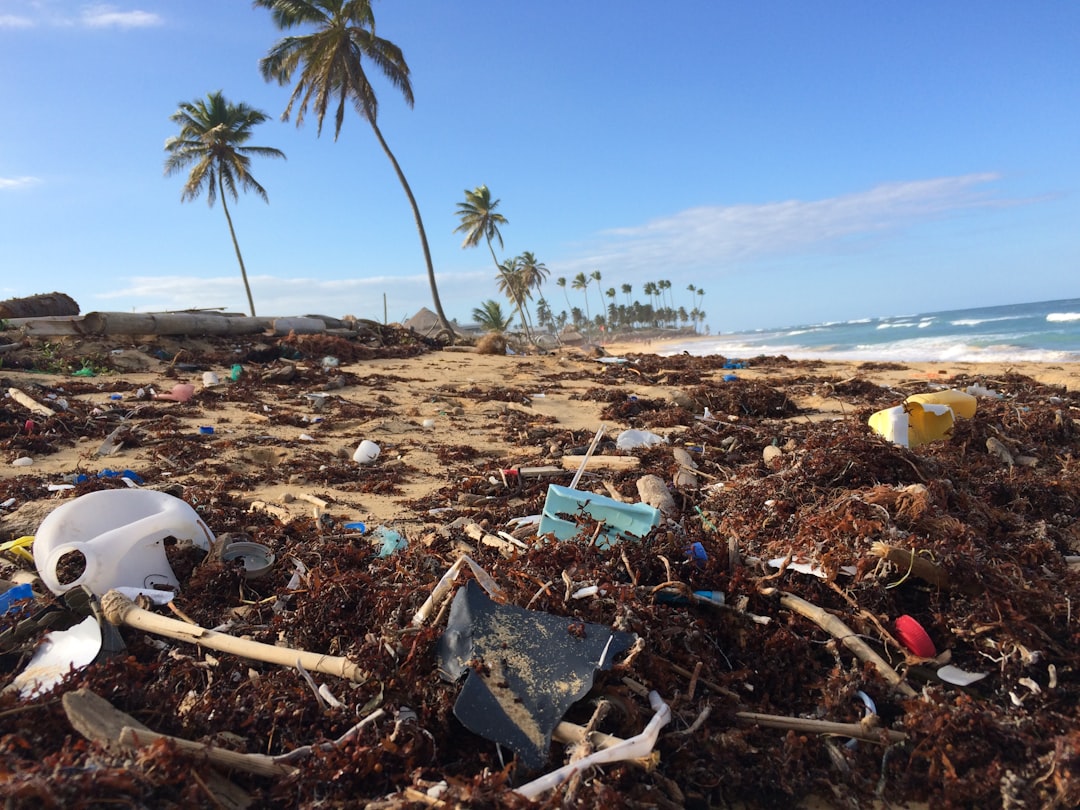
The environmental toll of rapid growth is becoming impossible to ignore. According to a 2024 Mexican government report, over 60% of Playa’s beaches are suffering significant erosion. What used to be wide strips of powdery sand are now narrow, sometimes rocky, and frequently closed off for restoration efforts. The surge in construction—new hotels, condos, shopping centers—has led to increased waste, more pollution, and the loss of wildlife habitats. Algae blooms and plastic waste are now common sights along the coastline, marring what used to be crystal-clear waters. Many eco-conscious travelers feel disappointed, noting how the area’s famed beauty is slipping away. Local authorities have been slow to enforce environmental protections, often prioritizing tourist dollars over sustainability. This ongoing damage has left many visitors searching for less impacted destinations.
Safety and Security: Not as Carefree as Before

Concerns about safety have become more pronounced in recent years. Official statistics from 2023 show a 20% rise in violent crime compared to the previous year. Tourists and locals alike report increased incidents of theft, scams, and even assaults, especially in less-patrolled areas away from the main strip. Social media is filled with stories of pickpocketing and suspicious situations in broad daylight. Many residents admit they now avoid walking alone at night or steer clear of certain neighborhoods entirely. While local police have increased patrols, their efforts haven’t fully eased fears. For families and solo travelers, the risk factor is a major reason to look elsewhere. The easy-going, welcoming vibe that once defined Playa del Carmen now feels tinged with caution.
Cultural Erosion: Authenticity Fading Fast
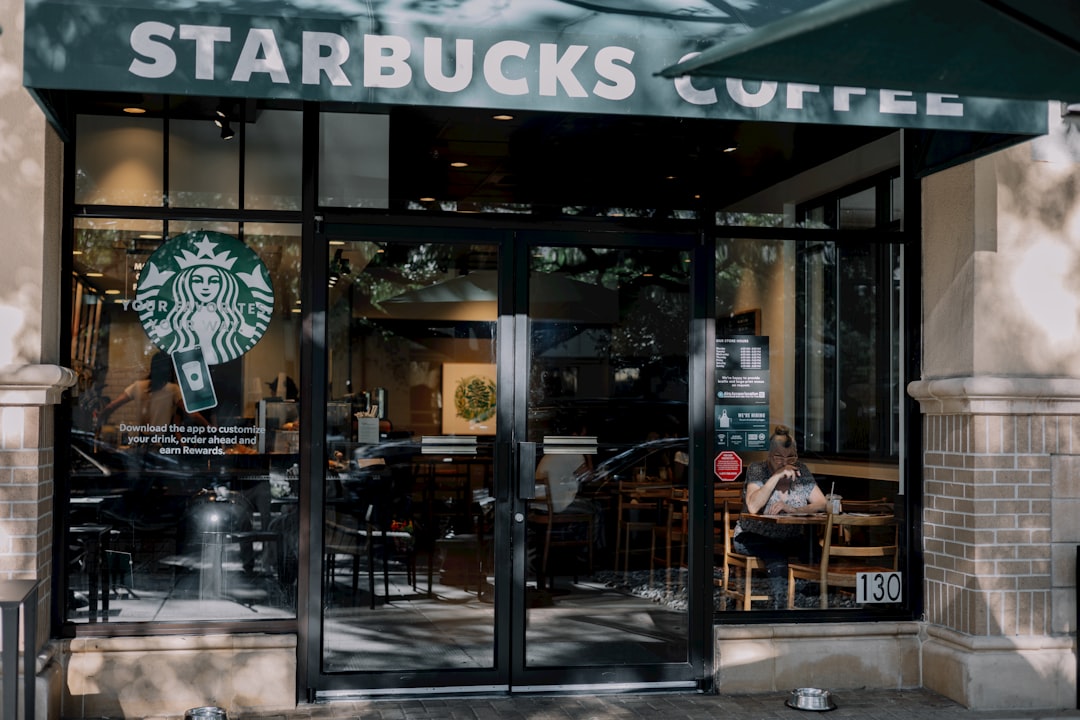
The character of Playa del Carmen is changing rapidly, and not for the better. Traditional Mexican markets and artisan shops are being replaced by international chains—think Starbucks, H&M, and luxury boutiques. What was once a place to savor authentic local culture has become increasingly generic, catering to the expectations of global tourists rather than celebrating its roots. Longtime residents reminisce about community festivals and street art that now play second fiddle to corporate-sponsored events. The sense of belonging and local pride is giving way to a more transactional, less personal atmosphere. Travelers looking for a genuine taste of Mexico often leave disappointed, saying the city feels more like an extension of Miami or Cancun than a unique destination. This loss of authenticity pushes many to seek out smaller, less commercialized towns.
Food Scene: Tourist Tastes Trump Tradition

Food lovers used to flock to Playa del Carmen for its incredible tacos, fresh ceviche, and home-cooked Yucatecan specialties. But a 2024 visitor survey found that 70% of tourists now feel the dining scene lacks authenticity, with menus shifting to burgers, pizzas, and watered-down “fusion” dishes. Many local chefs have adapted their offerings, prioritizing crowd-pleasers over traditional recipes to satisfy the palates of international visitors. As a result, it’s become harder to find genuine culinary experiences—family-run taquerias are being squeezed out by chains and upscale eateries. Food tours now highlight the few remaining authentic spots, but these are increasingly rare. For those craving true Mexican flavors, other places in the region offer a more satisfying and immersive food adventure.
Infrastructure Under Strain: Growth Outpaces Services
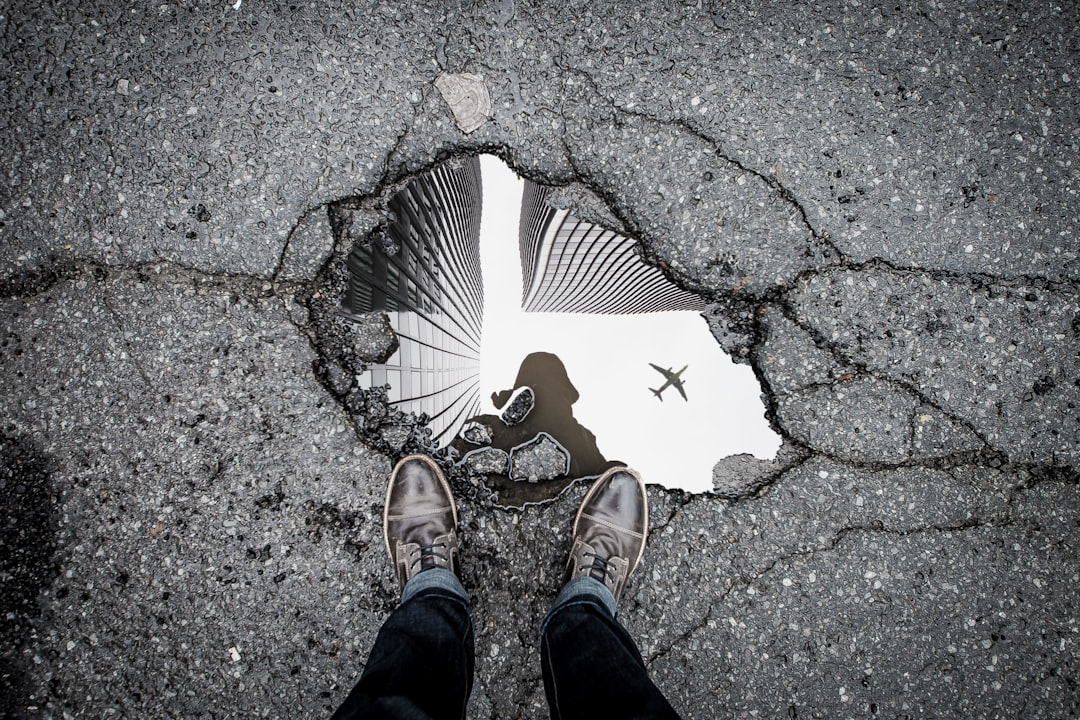
The infrastructure in Playa del Carmen simply hasn’t kept pace with its explosive growth. In 2023, local government reports stated that only 30% of city roads were in good repair, with potholes and construction delays a daily headache. Public transportation options are limited, often overcrowded, and unreliable, making it tough to get around without a car. Water and electricity outages have become more frequent, with some neighborhoods reporting service disruptions several times a month. Waste collection struggles to keep up, leaving unsightly piles of trash during peak tourist season. Internet speeds lag behind what many digital nomads expect, causing frustration for those who rely on remote work. These infrastructure challenges erode the overall quality of life for both residents and visitors.
Travel Trends: Wanderers Seek the Road Less Traveled
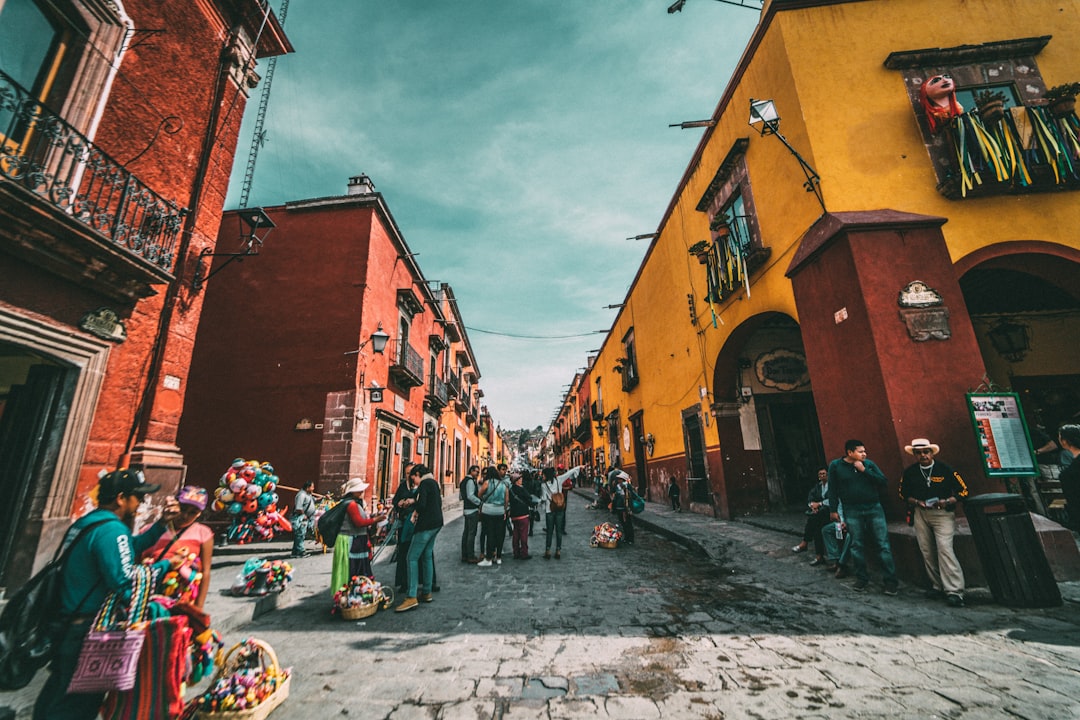
The way people travel is shifting. According to the World Tourism Organization’s 2024 report, there’s been a 25% rise in travelers choosing lesser-known Mexican destinations over hotspots like Playa del Carmen. Many tourists are looking for more meaningful, personal experiences in places where their presence has a positive impact. The appeal of crowded resorts and standardized tours is waning, replaced by a hunger for off-the-beaten-path adventures. Social media influencers and travel bloggers are highlighting quiet villages, hidden cenotes, and eco-lodges, sparking curiosity about alternatives to the usual tourist circuit. This trend has taken some of the spotlight off Playa del Carmen, as adventurous travelers look to places where they can truly connect with local culture and nature.
Climate Change: Escalating Natural Threats
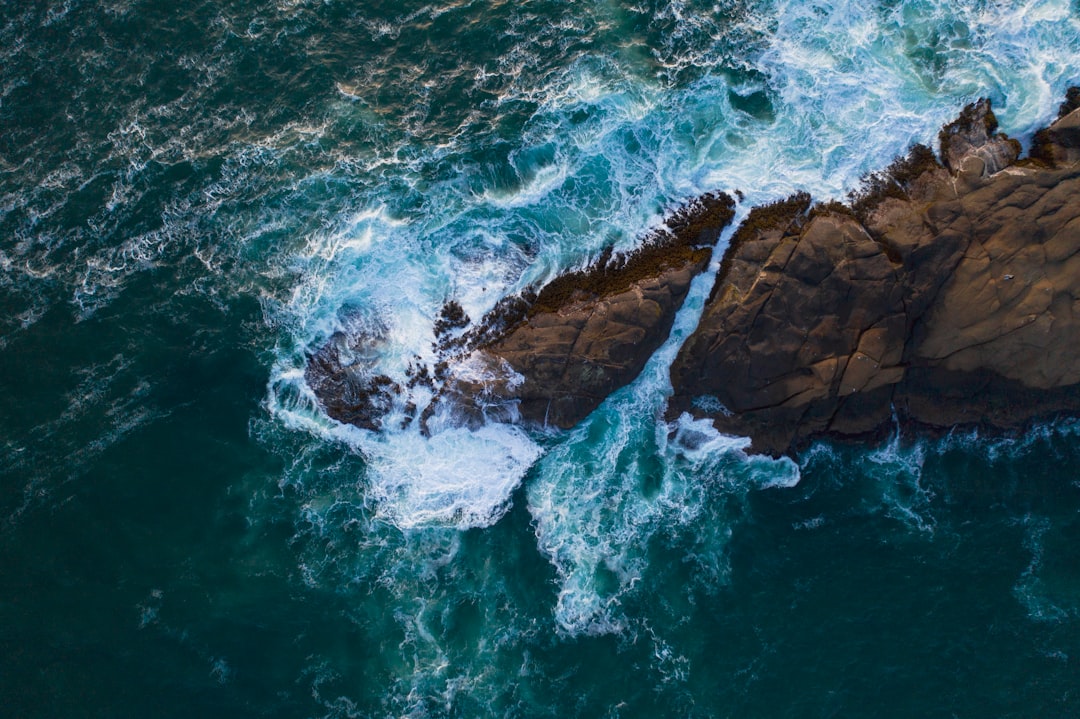
The specter of climate change looms large over Playa del Carmen. The National Oceanic and Atmospheric Administration (NOAA) released a study in 2023 warning of increased coastal flooding and more severe hurricanes in the region. Rising sea levels threaten beachfront properties and have already begun to erode chunks of the coastline. Hotter summers and unpredictable weather patterns disrupt both the tourism season and daily life. Many resorts are scrambling to reinforce their properties against storms and floods, but the long-term outlook remains uncertain. Concerns about sustainability and the region’s vulnerability to climate disasters are prompting some travelers to reconsider their vacation choices, opting for destinations less exposed to these risks.
Changing Demographics: Who Really Calls It Home?
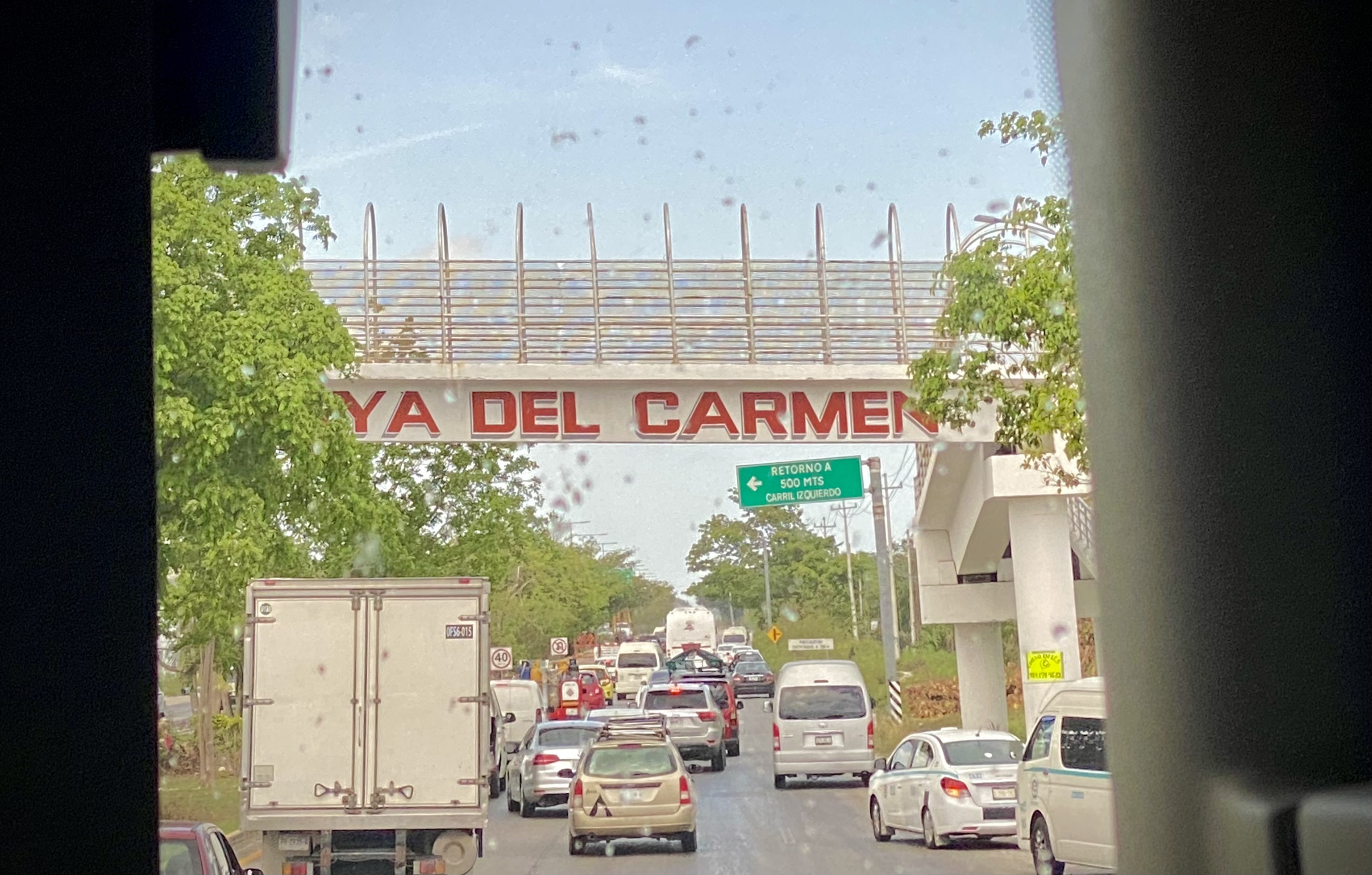
The composition of Playa del Carmen’s residents is shifting. More international buyers, especially from the U.S. and Canada, are investing in real estate, sometimes only living in their properties for a few weeks each year. This trend has led to a “ghost town” effect in some neighborhoods, where locals are priced out and community life dwindles. Many longtime residents feel squeezed out by rising rents and changing priorities, prompting them to move to less expensive areas. The growing divide between wealthy newcomers and working-class locals is fueling tension and altering the town’s social fabric. The sense of Playa del Carmen as a close-knit community is fading, replaced by a more transient, less connected atmosphere.
The End of an Era?
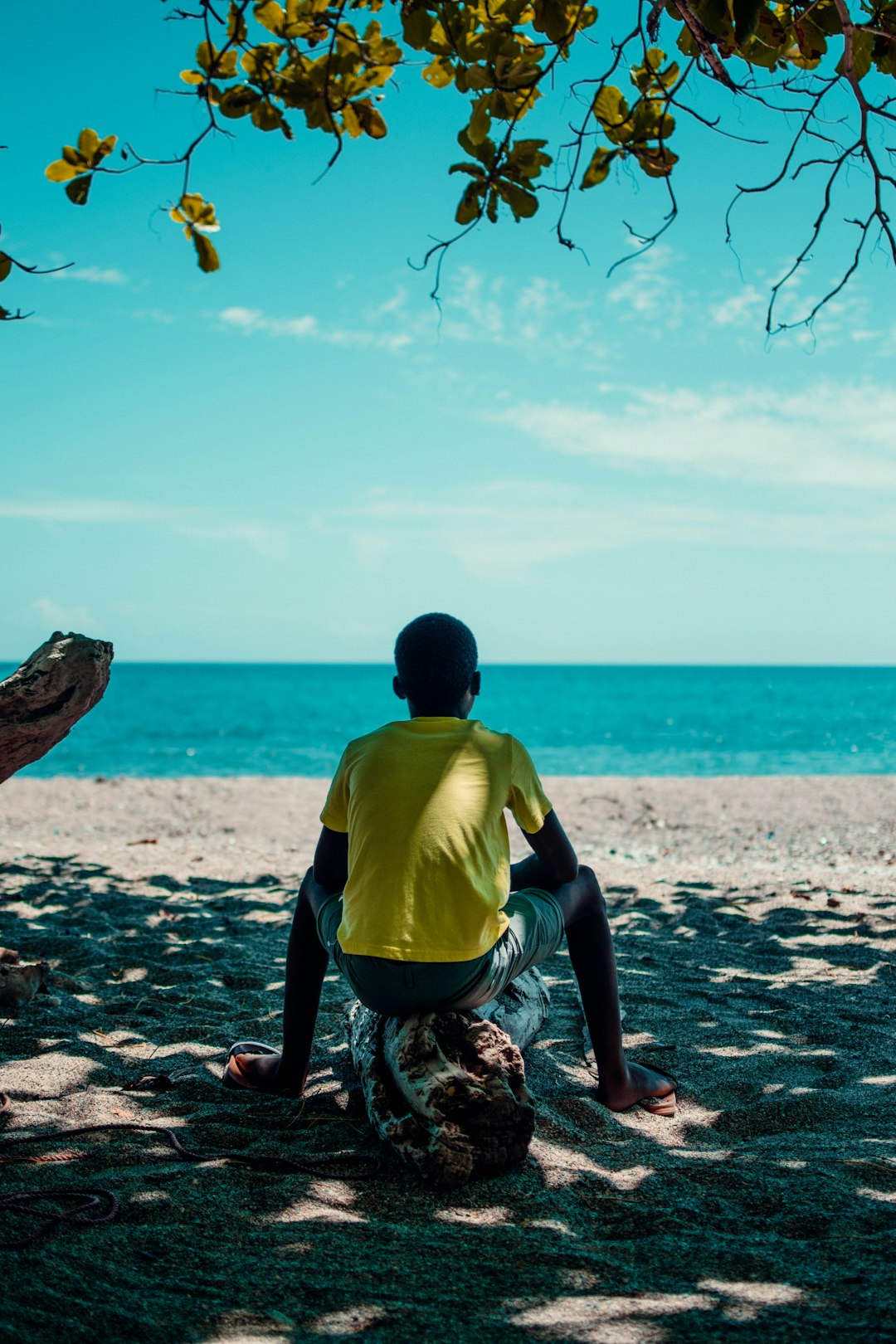
The evidence is hard to ignore: overcrowding, soaring prices, environmental decline, and social changes have fundamentally altered Playa del Carmen. What was once a laid-back haven has become a victim of its own success, struggling to balance growth with sustainability and authenticity. The draw of white sand beaches and lively nightlife remains, but the reality is more complicated than the glossy travel brochures suggest. For many, the search for paradise now leads elsewhere.





